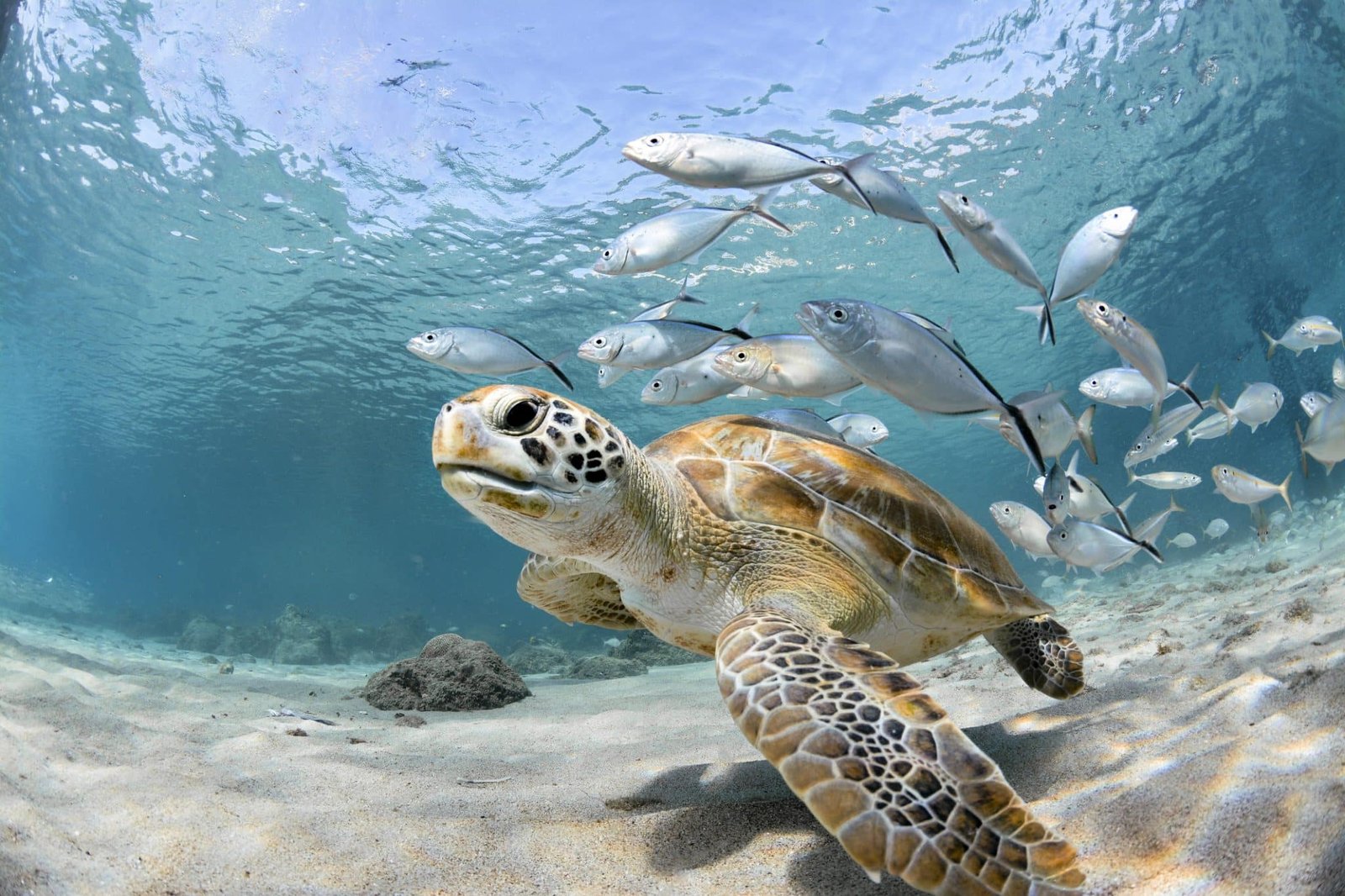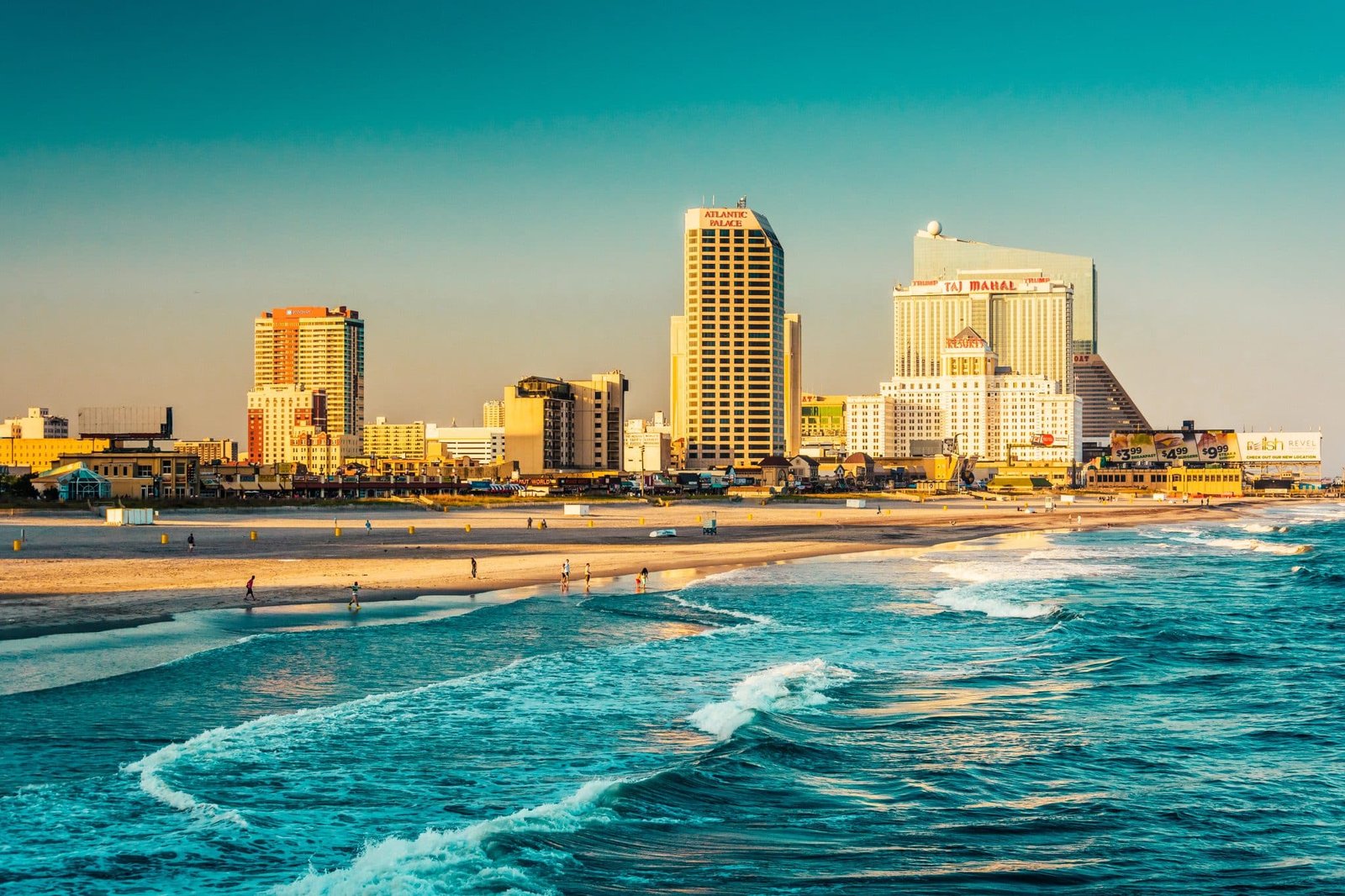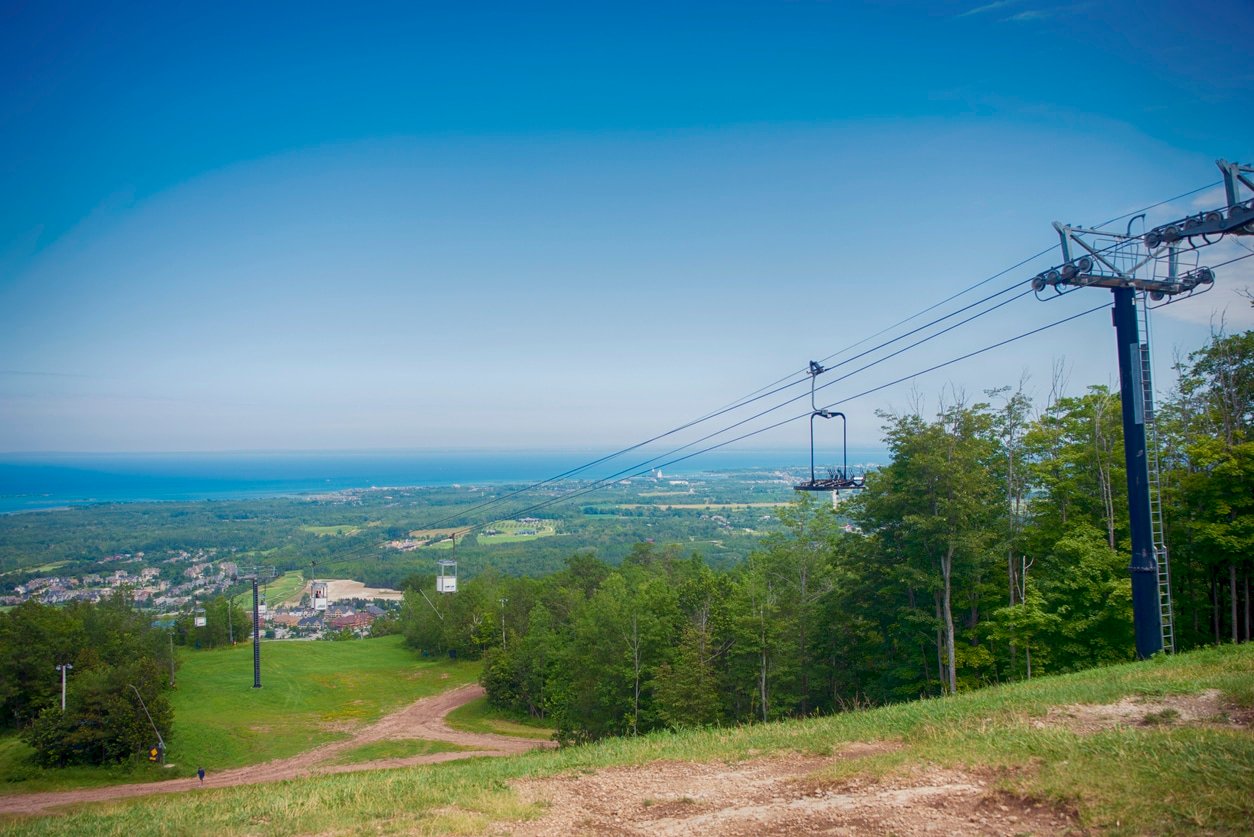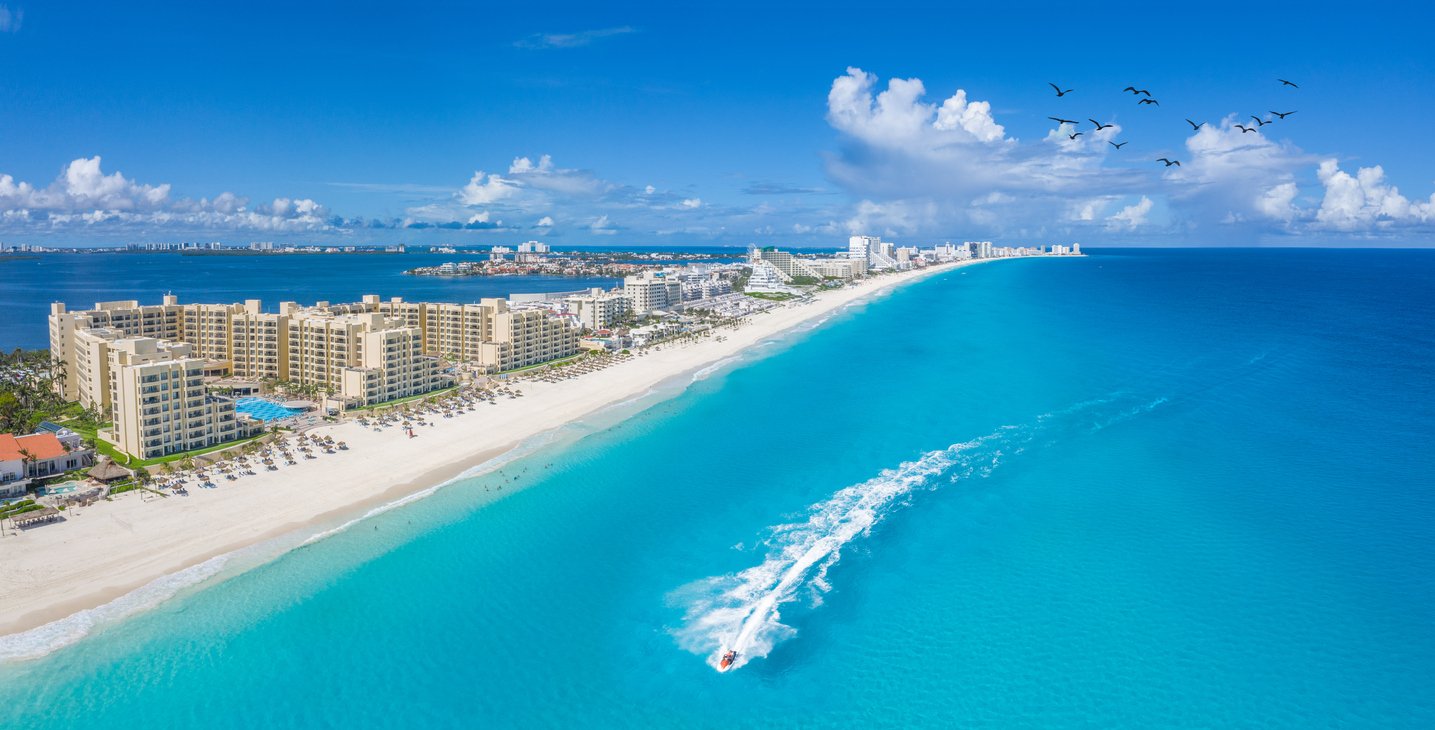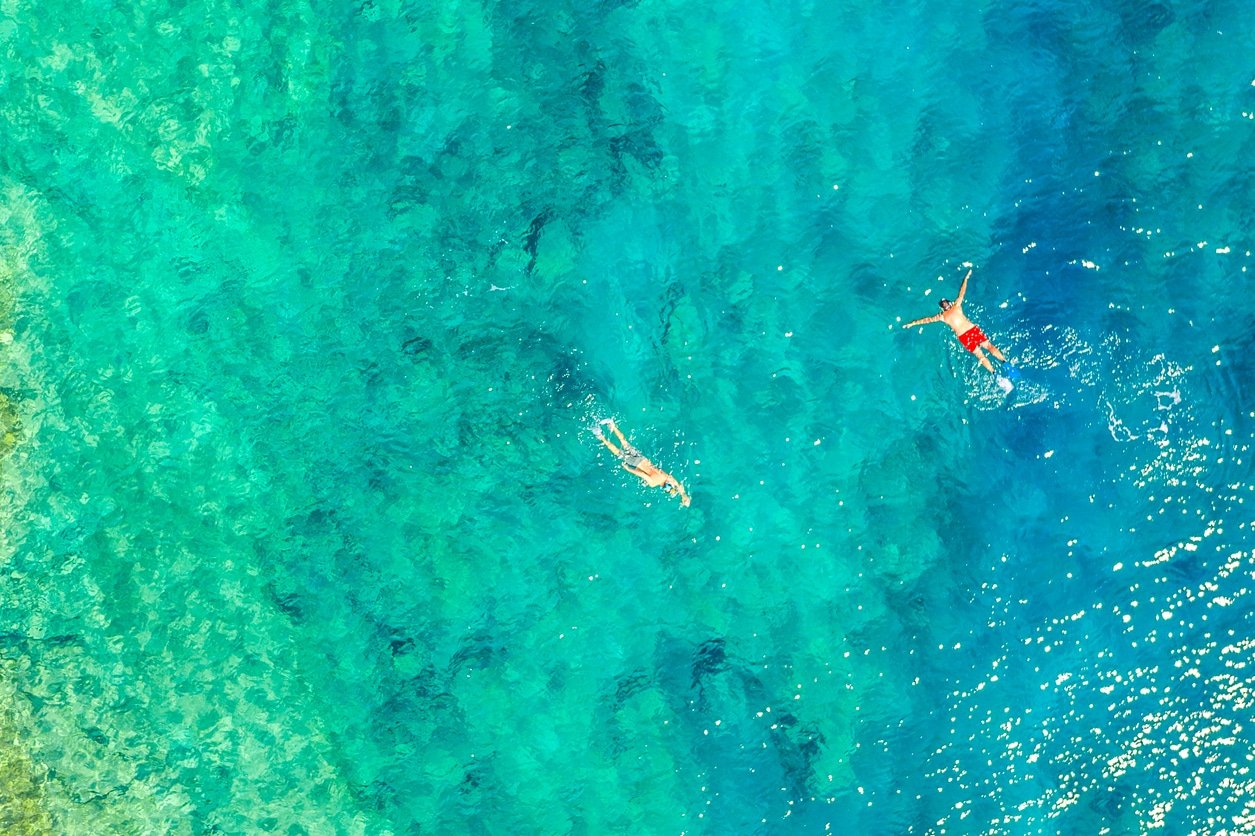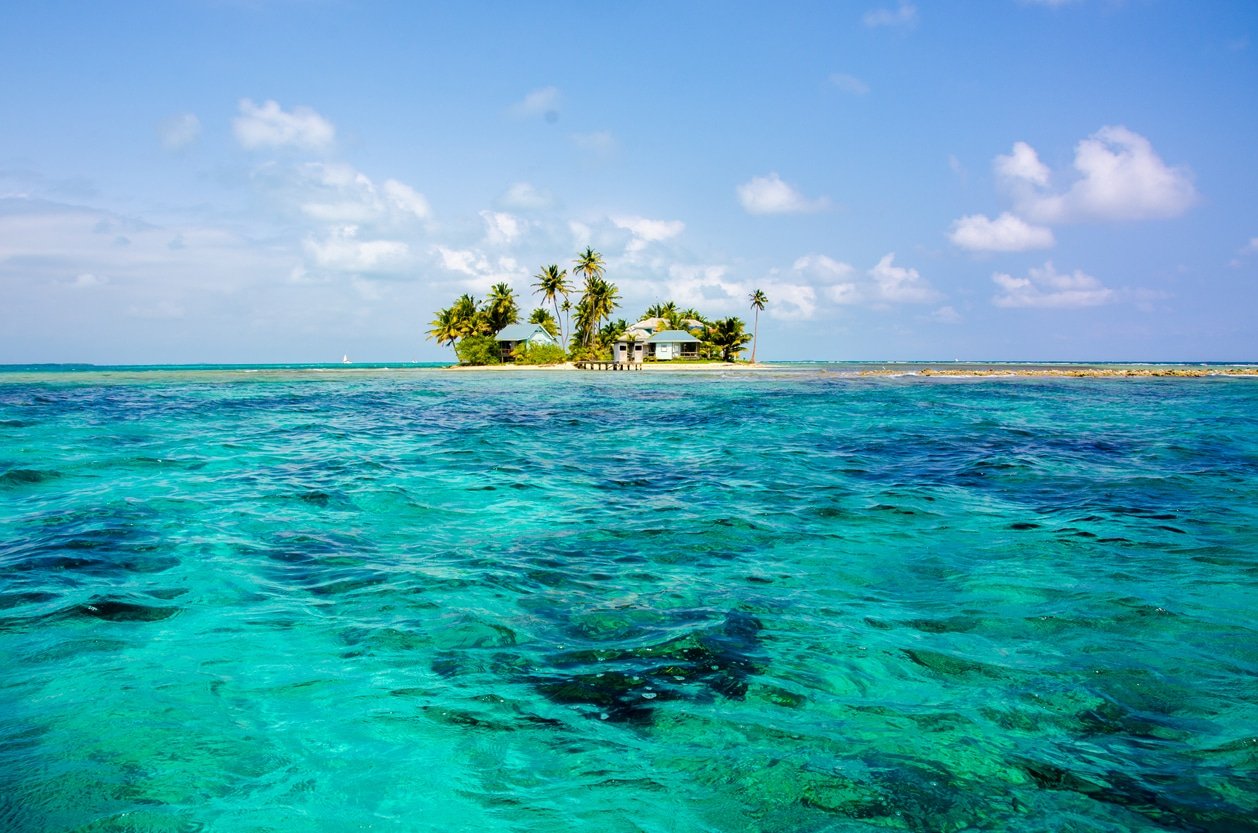The Ultimate Guide To Snorkeling In Aruba: Why It’s Unique, Best Sites & More!
White sandy beaches, sheltered from the strong tropical sun by tall palm trees swinging in the fresh breeze of a clear Caribbean day. All surrounded by an emerald sea inhabited by colorful fish, corals, sharks and rays. This and much more is what you will get to experience during your trip to Aruba!
This elongated Caribbean island has incredible diversity in its population, spoken languages, religious beliefs, as well as food and cultural events. It’s also a popular destination for divers and snorkelers, and no wonder.
With tourism being the main industry in Aruba, sea lovers will find many leisure, food and accommodation options, as well as many snorkeling and diving trips. Which is good news as snorkeling in Aruba really is a once in a lifetime expercience.
We explain why that’s the case next, before showing you the best season for snorkeling in Aruba, and some of our favorite snorkeling spots. As well as one famous snorkeling spot in Aruba you really should avoid.

What’s Snorkeling In Aruba Like?
The west side of the island offers numerous coves, bays and beaches that are perfect for snorkeling. Running from north to south, these snorkeling spots can be reached either from shore or by boat.
In fact, most snorkeling sites in Aruba are very close to shore. That’s because the water conditions further out can be seriously difficult, with fierce currents and big waves.
The sandy beaches of Aruba let you imagine just how the water bottom is going to be. Mostly sandy, with a bright color that is vibrant and lively under the strong Caribbean sun.
That means corals, sea plants and animals stand out in this perfect canvas and are easy to spot, giving you plenty of chances to observe the wonderful spectacle that snorkeling in Aruba can bring.
We’ll introduce you to some of the species you will see and swim with below, when showing you the best snorkeling spots in Aruba.
Since most snorkeling sites in Aruba can be reached by shore, the recommended equipment is simply a snorkeling kit including mask, snorkel and a good set of fins. A floating device like a life jacket isn’t a bad idea either, or a rash guard to protect you from the scorching sun.
Make sure you also pack a reef-friendly sunscreen, and you might opt for boots with adjustable fins, rather than the classic full foot fins, so you can easily and comfortably walk over rocks to enter the water. Some of the beach entries on the island can be rocky.
Due to the high water temperature on both land and sea all-year round, an exposure suit is not really necessary. But it is recommended to wear a t-shirt or rash guard to avoid burns and heat rashes, and use sunscreen. (Recommended: Sharks in Aruba).
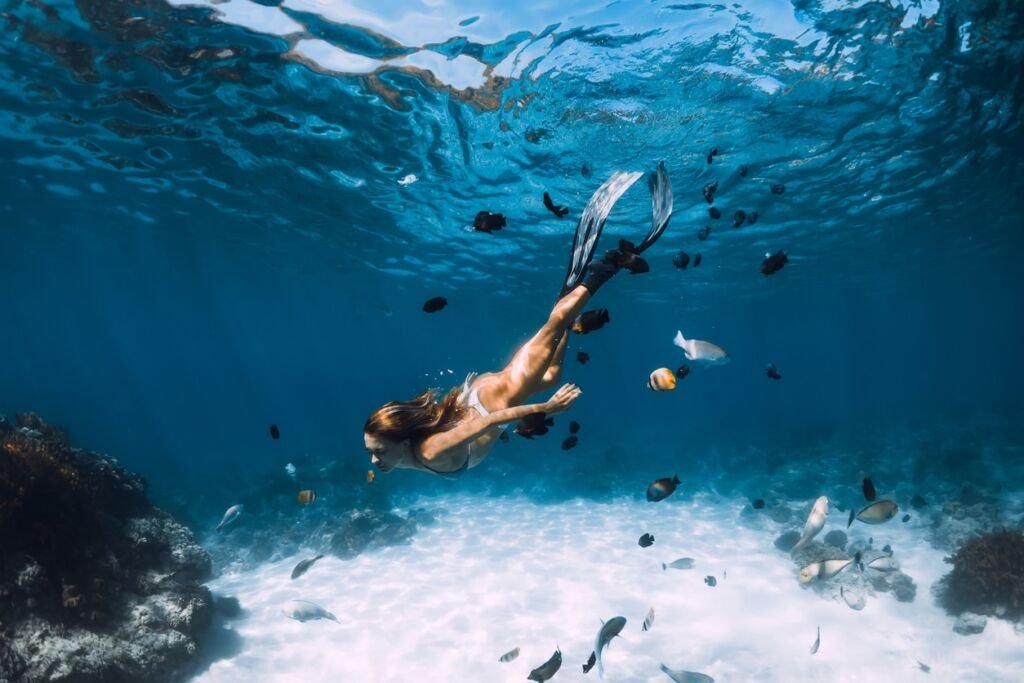
What’s The Best Season For Snorkeling In Aruba?
With its excellent climate all-year round, and being slightly off the hurricane belt, you can always enjoy snorkeling in Aruba! However, take into account these few expert tips:
1). January to March is the peak of high season. There is little to no precipitation and the temperatures are not too uncomfortable, however prices can be prohibitive. Book in advance for the best deals, and expect average temperatures of 86 to 88 degrees Fahrenheit.
2). April to August is considered the absolute best time to visit and go snorkeling in Aruba. Temperatures will be a little higher (88 to 91 degrees Fahrenheit), but since average precipitation is close to zero the climate remains dry, making the heat more tolerable.
Prices are not as high as in the first months of the year, so a vacation to Aruba is less busy and more affordable during these months.
3). September to December is the cheapest time of the year as it’s Aruba’s low season. High trade winds that characterise the first part of the year generally die down in this season. That makes it more pleasant for snorkelers, although less interesting for windsurfers.
Temperatures tend to fall slowly down from 91 to 86 during these months, but precipitation is at its peak. Rainfall can reach 3.7 inches in November, which can affect water clarity.
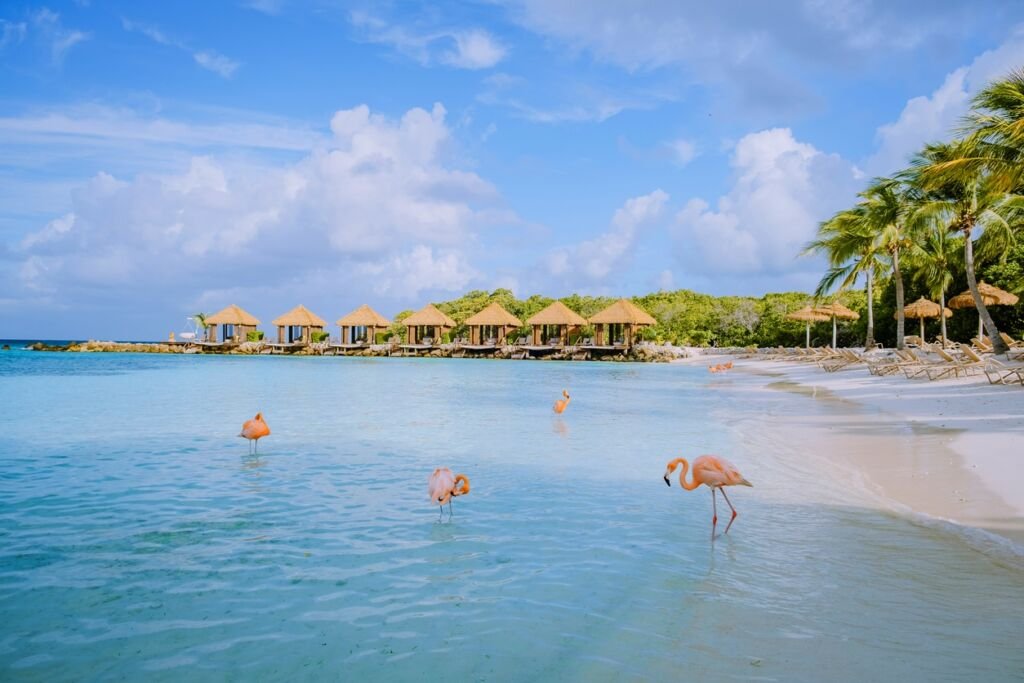
Top Five Sites for Snorkeling in Aruba
Aruba is a relatively small island, and only the western side offers good snorkeling options thanks to favorable wind and current conditions. The eastern side has strong winds and currents making it extremely difficult, and dangerous, to snorkel.
The snorkeling spots on the west side are not so numerous but very rewarding, and being so close to shore they can be revisited several times during your trip. The encounters there with reef fish and sea turtles can be great fun.
Below are our top five favorite snorkeling sites in Aruba, with information on what you can see at each.
1. Mangel Halto Beach
Let’s start with our absolute favorite. This snorkeling site, which can be easily accessed from shore even for a night snorkeling expedition, has much to offer. You can also access it on a boat trip.
Located around the center of Aruba’s western coast, Mangel Halto is generally considered to be an advanced snorkeling spot in Aruba due to rough sea and strong currents. Based on the conditions, you have three main options to snorkel there:
1). Inside the bay. This is the only option for beginners, and the only one for extremely rough days, too. The bay has a sandy bottom with patches of rocks and small coral heads sheltering small tropical fish. You will experience a mild current here, totally manageable for good swimmers with the right equipment, and you will be able to explore the shallow areas around the dock.
2). Swimming over the shallow, you can reach two cuts in the coral reef that lead to the outside reef. If you are a strong swimmer, this is a great opportunity to witness the beauty of the healthy reef of Mangel Halto, one of the top sites for snorkeling in Aruba. Schools of fish swim around this extremely diverse reef, with both soft and hard corals that are in great conditions.
3). Our favorite way of snorkeling in Mangel Halto? Definitely drifting from Puerto Chiquito! You can let the current transport you from the entry point to the cuts in the reef, taking you easily into the bay and then you can swim back to shore. Little struggle, more energy, and this way the snorkeling will be more enjoyable and you will cover a wider portion of the reef and see more marine life!

2. Puerto Chiquito
This little harbor area is not only a good entry option for Mangel Halto, but it also has some great reef on its own.
If you swim against the current on the outer reef, you can see huge pillar corals attracting all sorts of small fish and critters in their cracks. As well as finger, brain corals, anemones and sea rods.
Typical encounters in this snorkeling area are angelfish, wrasses, filefish, grunts and even occasional barracudas!
3. Antilla Wreck
For that “wow-factor”, this is a not to be missed snorkeling spot!
This 400 ft long sunken ship from the Second World War is located on the northern side of the island, and can be enjoyed by snorkelers and divers alike due to its shallow positioning.
The front of the ship is especially shallow, making it the best area for snorkelers, while its deepest point is at about 60 feet (18 meters). It is encrusted by sponges and both hard and soft corals and attracts schools of fish along with critters living in its holes and crevices.
Due to its distance from shore and the strong currents, it can only be safely reached by boat.

4. Catalina Cove
This is a nice snorkeling spot which is great for beginners thanks to its easy water entrance, but we recommend swimming over the cove to appreciate the rich underwater scene there.
While on the inside it’s mostly sand with some rocky patches and not much more than that.
However on the outer reef at the cove, schools of damselfish will follow you and you will be able to see the gorgeous French angelfish, along with numerous silversides and grunts. Keep an eye out for sea turtles too!
5. Arashi Beach
Close to Catalina Cove, this beach made of white powdery sand hides an extremely healthy and well preserved reef, conveniently identified by a white buoy on the surface.
Tall Pillar corals and stunning Elkhorn corals attract numerous butterfly fish, French angelfish, moray eels, file fish and surgeon fish.
This is a colorful spot perfect for both beginners and advanced snorkelers looking for biodiversity and corals in good shape.

One Snorkeling Site in Aruba You Should Avoid
We also want to mention the infamous Baby Beach, at the southern tip of Aruba, which is located in a very difficult area exposed to winds and currents. This spot is quite renowned, but we do not recommend it at all.
The entrance is very problematic, currents can be fierce and winds can make it an extremely uncomfortable spot for snorkeling in Aruba.
This is definitely a better spot for windsurfing rather than snorkeling or scuba diving.
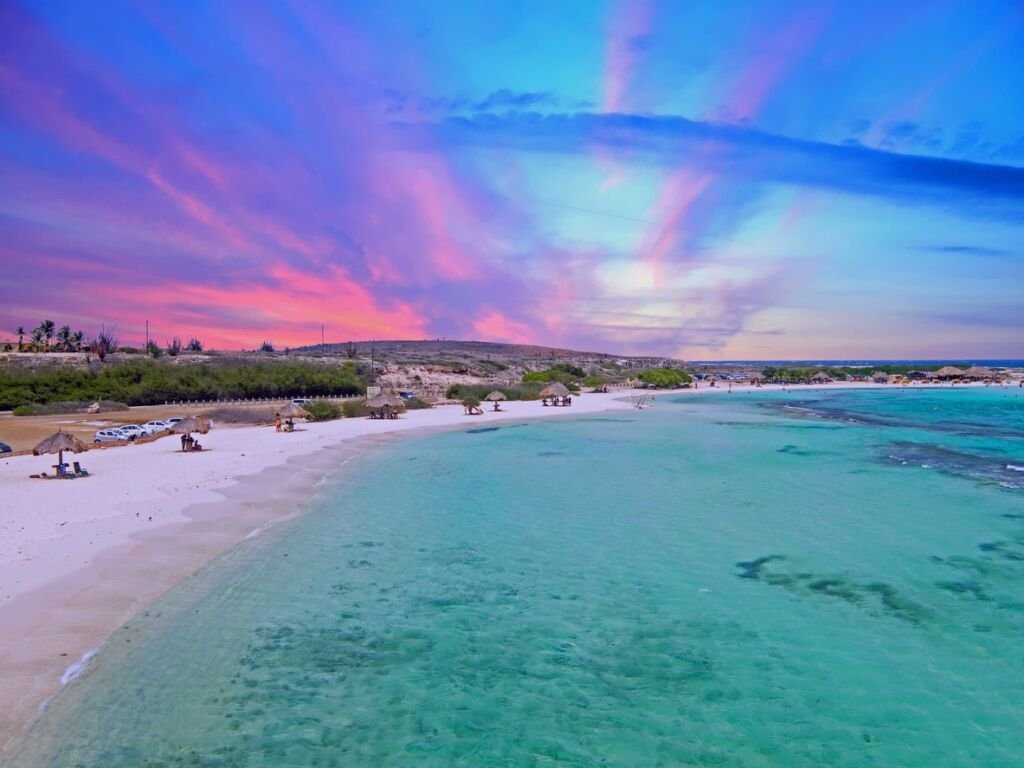
Our Final Thoughts on Snorkeling in Aruba
There are some lovely snorkeling sites in Aruba, and an array of colorful and exciting things to see. If traveling to the island on holiday then renting the right equipment and exploring Aruba’s underwater life is an absolute must.
Listen to local guides, keep an eye on the weather, but most importantly have fun!


